Launchpad w OS X jest świetny nie tylko dlauruchamianie aplikacji, ale także ich porządkowanie. Foldery tworzone w Launchpadzie nie są prawdziwymi folderami utworzonymi w folderze Aplikacje, co pozwala zachować często używane aplikacje pogrupowane inaczej niż lista zainstalowanych aplikacji. Jedynym problemem związanym z ikonami aplikacji w Launchpad jest to, że można je tylko przenieść do folderu i nie ukrywać ich całkowicie. To jest prawie jak zamiatanie ziemi pod dywan; ikony aplikacji wciąż tam są, choć ukryte w folderze i poza zasięgiem wzroku. Dobrą rzeczą jest to, że możesz usunąć ikony aplikacji z Launchpada za pomocą małego skryptu i nie martw się, że aplikacja zostanie usunięta z systemu.
Aby usunąć ikony z Launchpada, musisz najpierw otworzyć AppleScript Editor i wkleić w nim następujący skrypt.
on open the_items
my Lighten_LaunchPad(the_items)
end open
on Lighten_LaunchPad(the_items)
repeat with the_item in the_items
set the_item to the_item as alias
--try
tell application "Finder"
set nameString to name of the_item
set sost to (my get_the_name(nameString)) as string
end tell
display dialog "Are you sure you want to remove "" & sost & "" from the Launchpad? The app itself won"t be deleted." try
set my_command to "sqlite3 ~/Library/Application\ Support/Dock/" & "*.db "DELETE from apps WHERE title=" & (quoted form of sost) & ";";osascript -e "tell application "Dock" to quit""
do shell script my_command
on error the error_message number the error_number
activate
if the error_number is not -128 then
if the error_number is 1 then
set the error_text to "Error: " & the error_number & ". " & "You probably have too many old versions of the LaunchPad database file." & return & return & " To fix that, move some old ones out of ~/Library/Application Support/Dock. You can safely move any file with a name that ends with ".db" or ".db.backup" except for the most recently modified one." & return & return & "Do you want me to open that folder for you?" display dialog the error_text buttons {"Yes, please open it.", "Cancel"} default button 1
if button returned of the result is "Yes, please open it." then
do shell script "open" & space & quoted form of POSIX path of (path to application support folder from user domain) & "Dock"
end if
error number -128
else
set the error_text to "Error: " & the error_number & ". " & the error_message display dialog the error_text buttons {"Cancel"} default button 1
end if
else
error number -128
end if
end try
end repeat
display dialog "All done!" buttons {"OK"} default button 1
end Lighten_LaunchPad
on get_the_name(nameString)
tell AppleScript
set olD to text item delimiters
set text item delimiters to "."
set reqItem to -1
if last item of nameString = "." then set reqItem to -2
set theName to text item reqItem of nameString
--try
set theNameNoExt to ((text items 1 through (reqItem - 1) of nameString) as string)
set text item delimiters to olD
return {theNameNoExt}
end tell
end get_the_name
on run
set the_items to ((choose file) as list)
Lighten_LaunchPad(the_items) end runNastępnie zapisz skrypt jako aplikację w dowolnym miejscu. Teraz uruchom tę aplikację, a otworzy się okno Findera. Wybierz aplikację, którą chcesz usunąć z Launchpada, i potwierdź, kiedy zapyta, czy naprawdę chcesz usunąć jej ikonę. Dock uruchomi się ponownie, a aplikacji zniknie z Launchpada. Powtórz to dla wszystkich ikon, które chcesz usunąć z Launchpada, i powinieneś to zrobić.
Jeśli chcesz przywrócić ikonę dowolnej aplikacji wStarter, nie musisz polegać na tym skrypcie (ani na żadnym innym narzędziu, jeśli o to chodzi); po prostu otwórz folder aplikacji i przeciągnij i upuść ikonę aplikacji na Launchpad.
Ostrzegamy, że usuwanie i dodawanie ikon takich jaknie zachowa to struktury folderów w Launchpad. Gdy ponownie dodasz ikonę aplikacji, która była wcześniej posortowana w folderze przed jej usunięciem, nie przywróci ona swojej poprzedniej pozycji i będziesz musiał ręcznie upuścić ją w wybranym folderze ponownie.
Jeśli nie masz nic przeciwko instalowaniu innej aplikacji do tego celu, możesz wypróbować Launchpad-control.
[przez Wskazówki dla systemu Mac OS X]

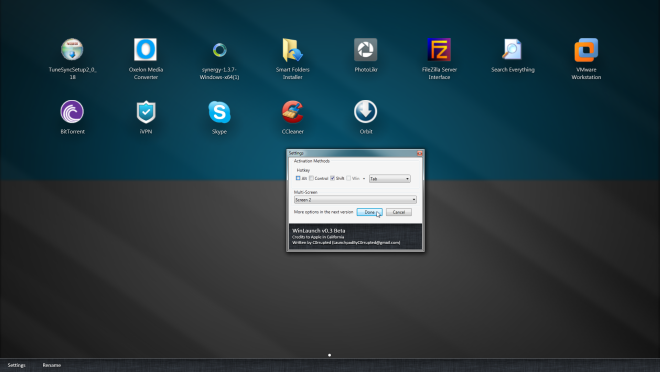
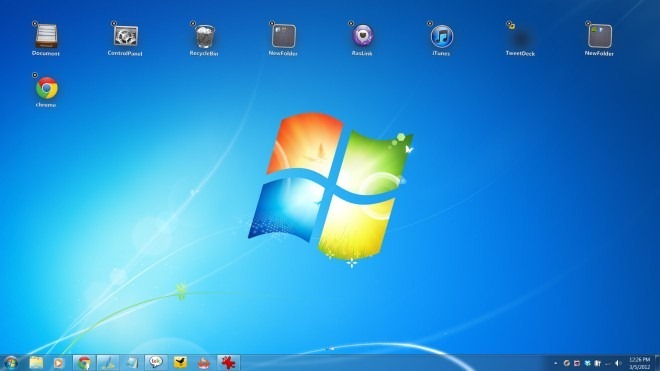

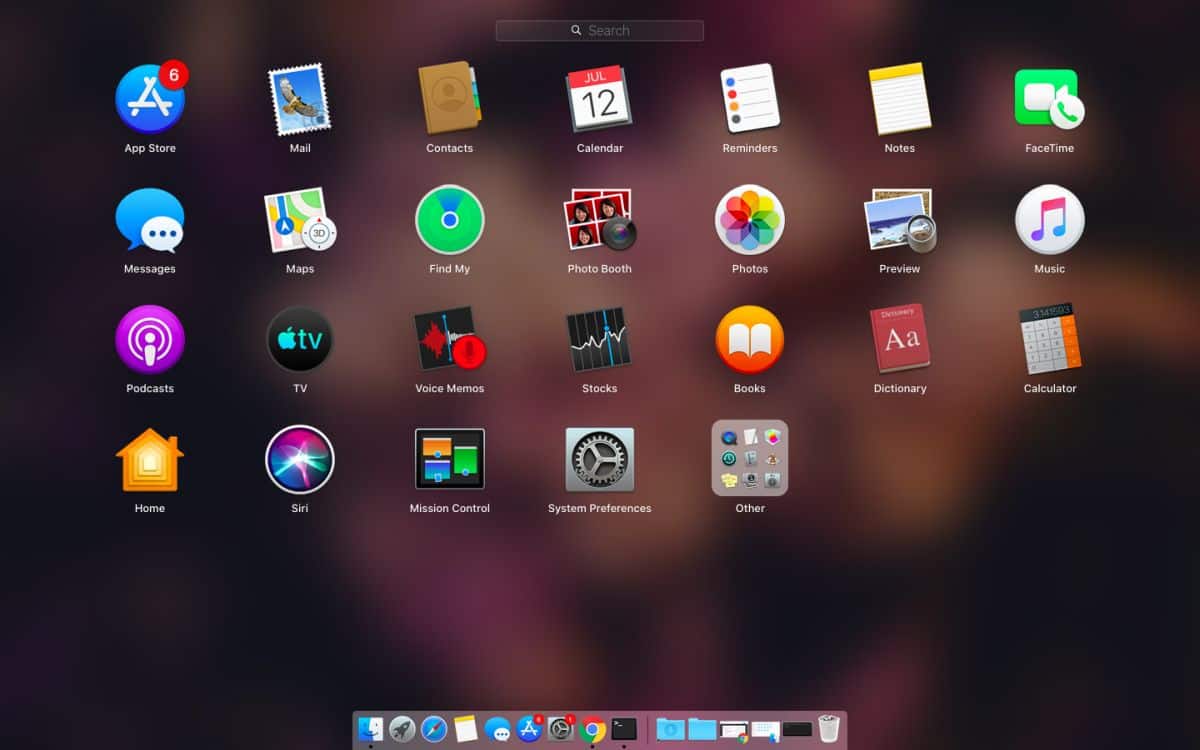
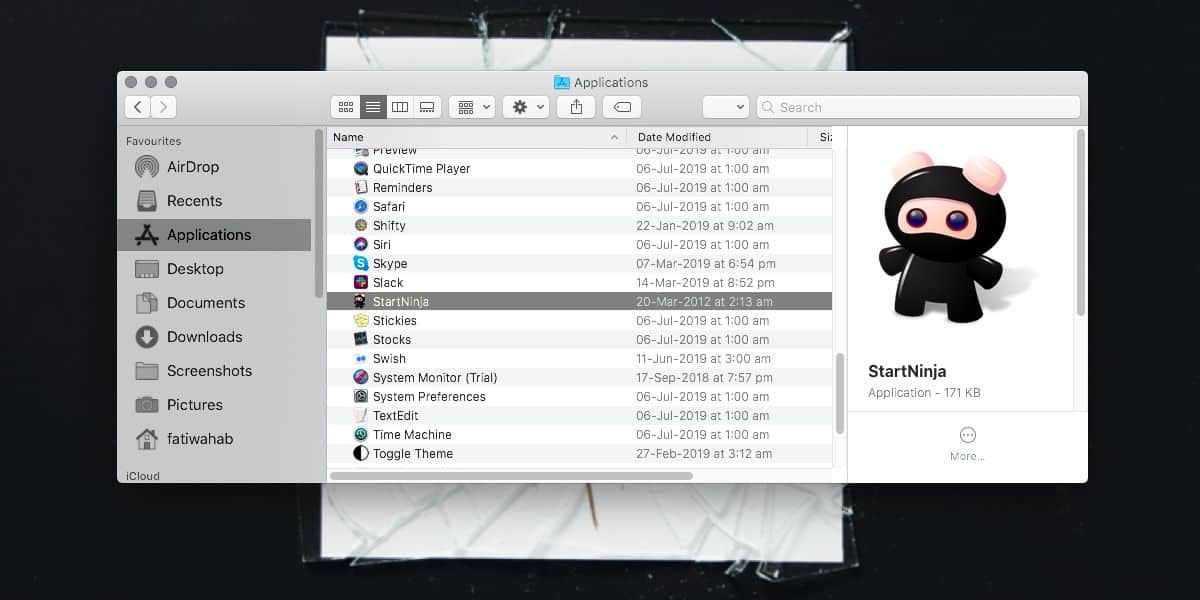
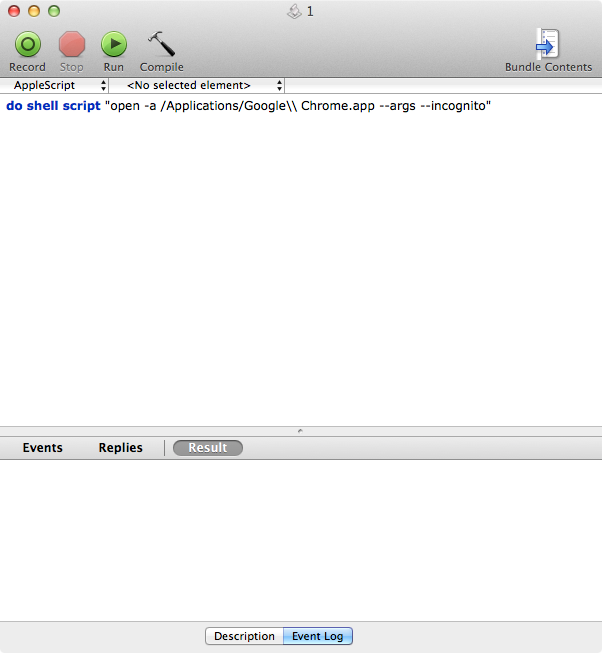


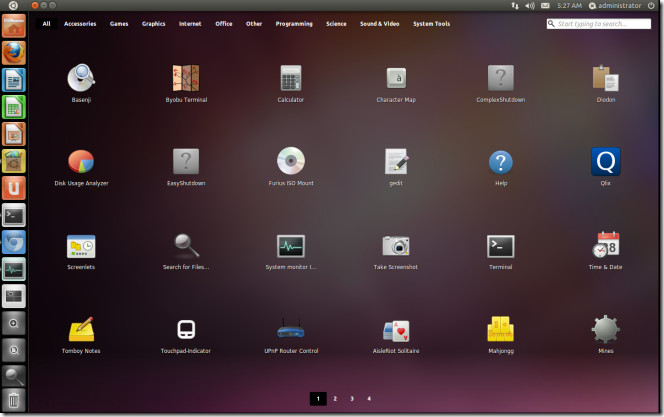
Komentarze